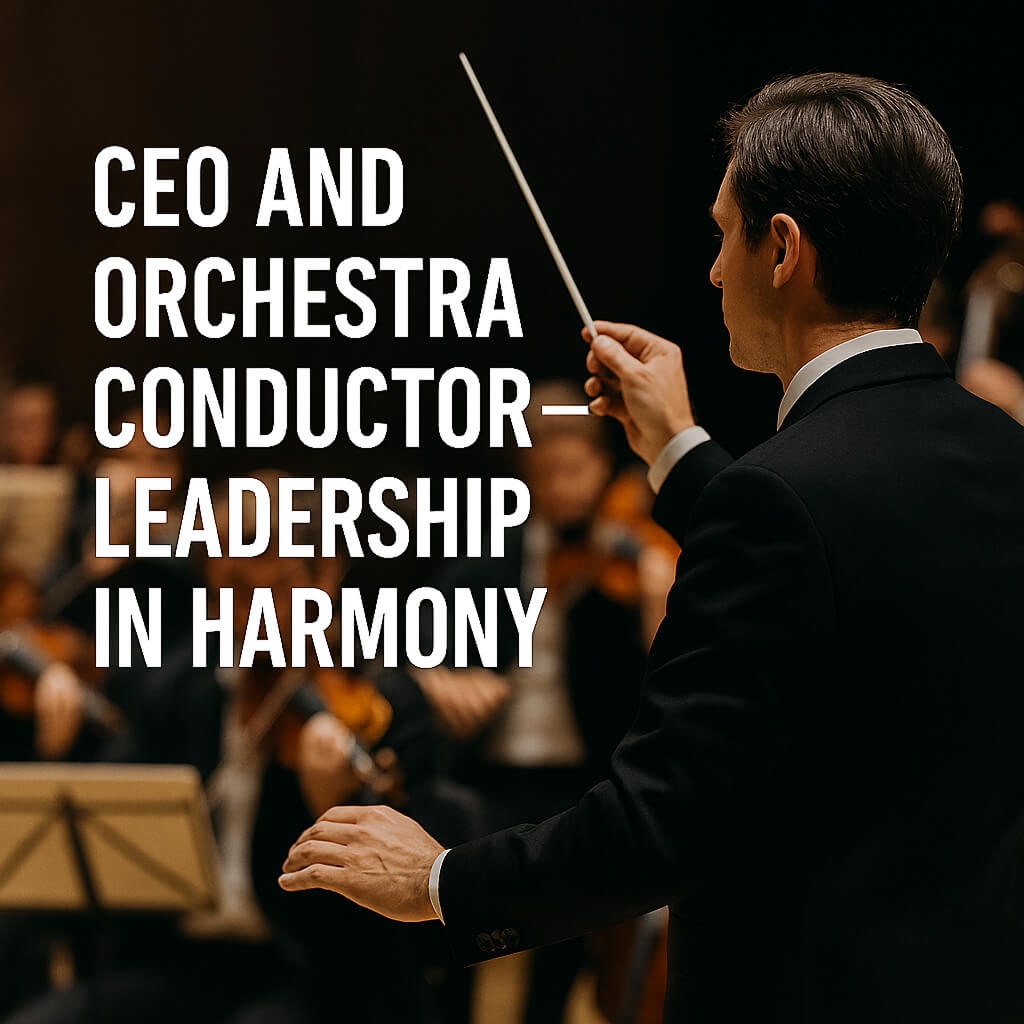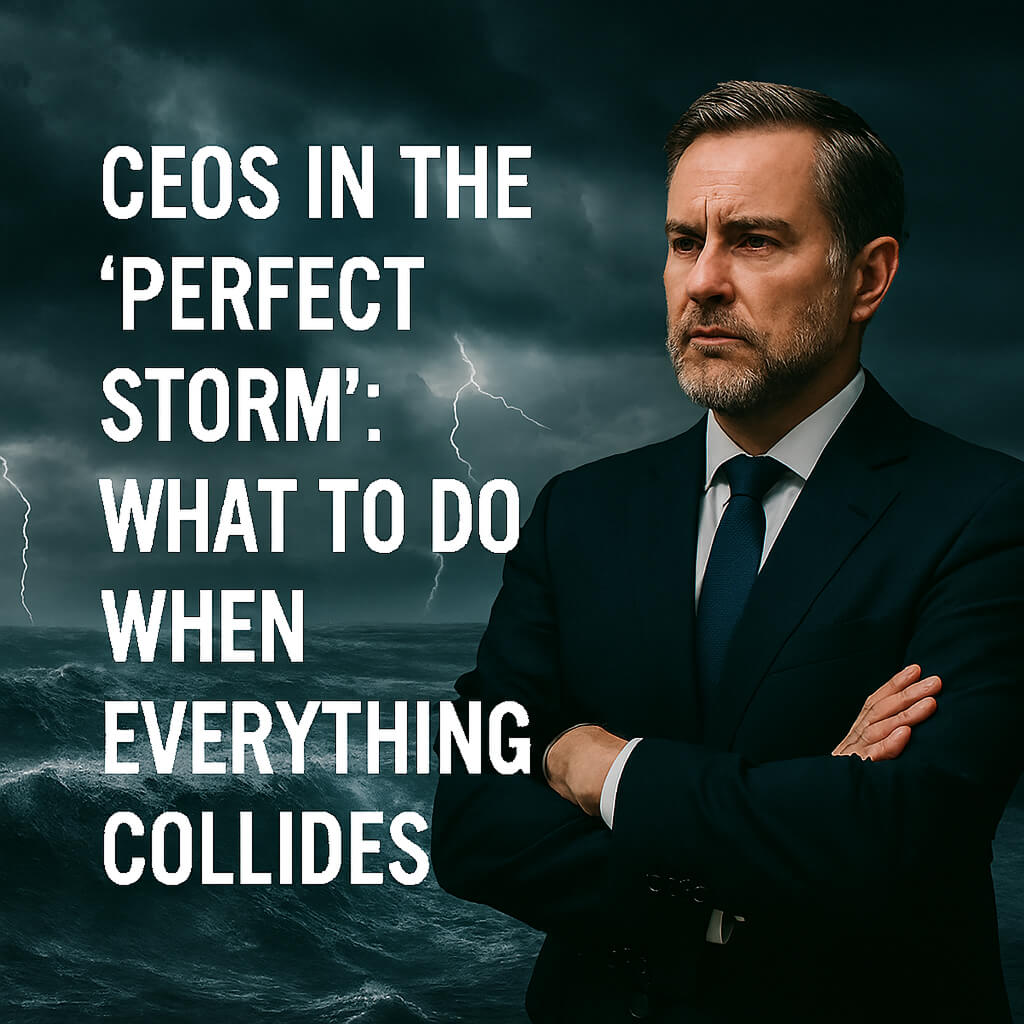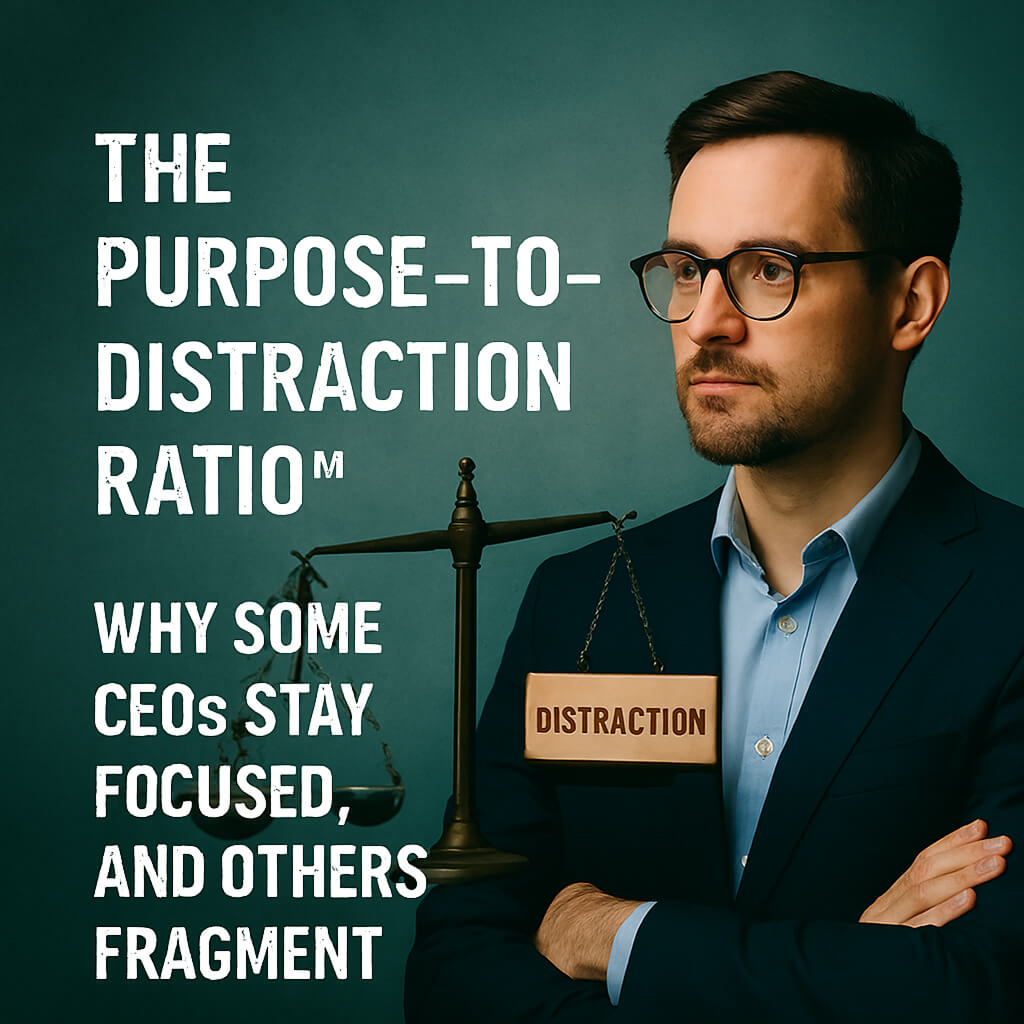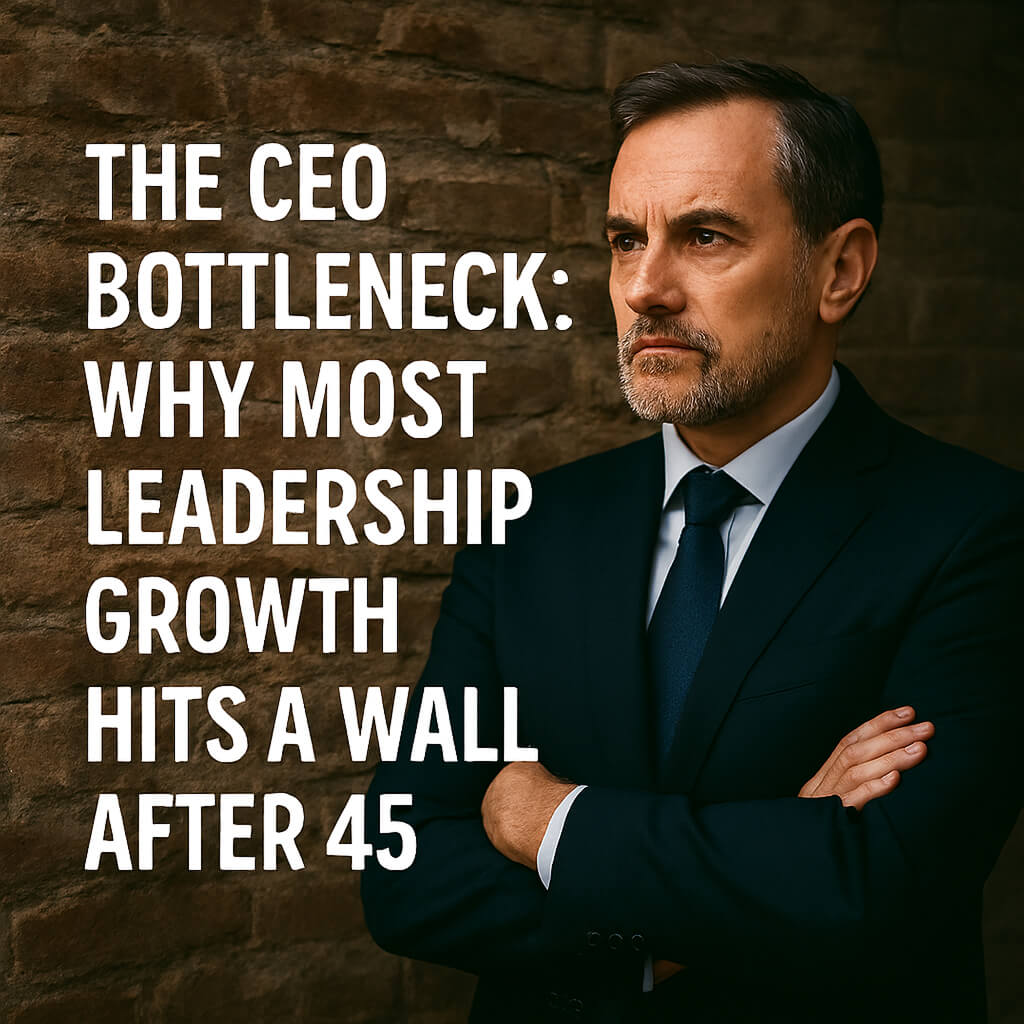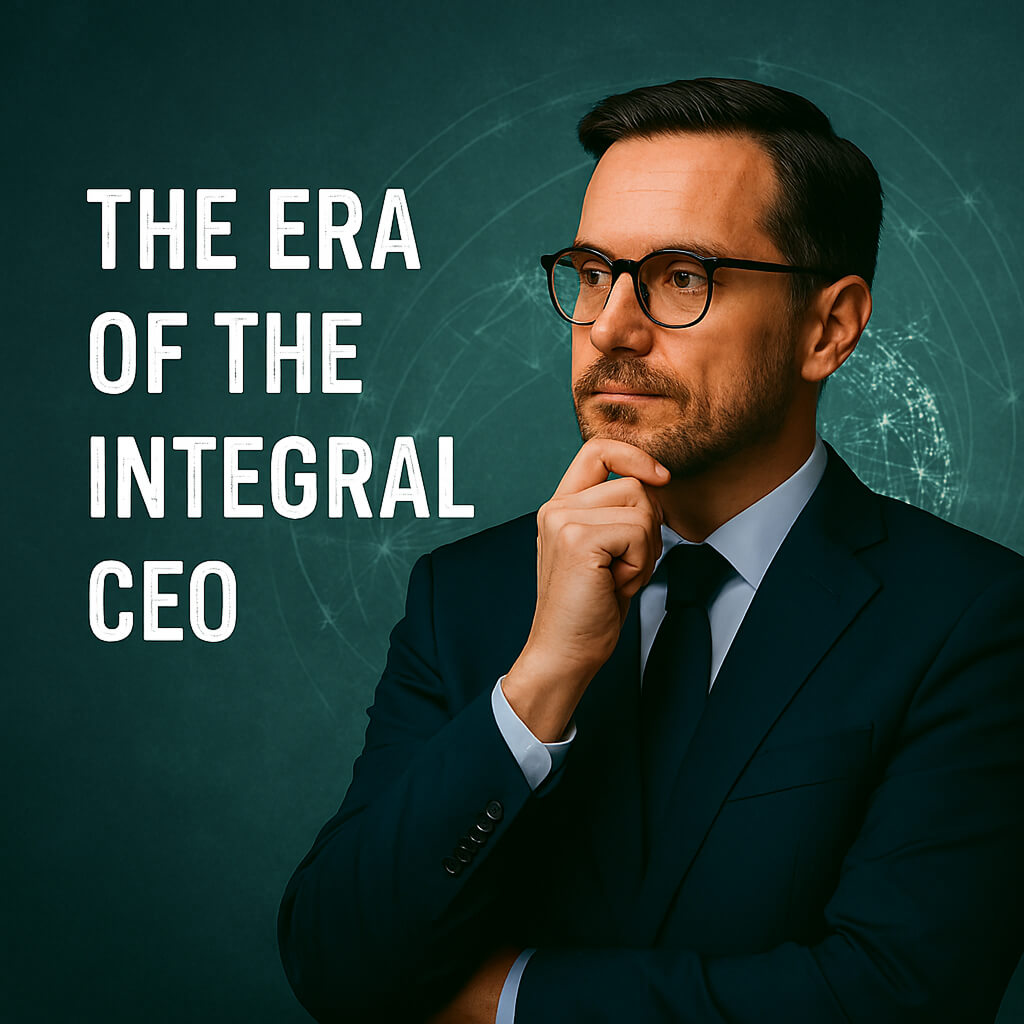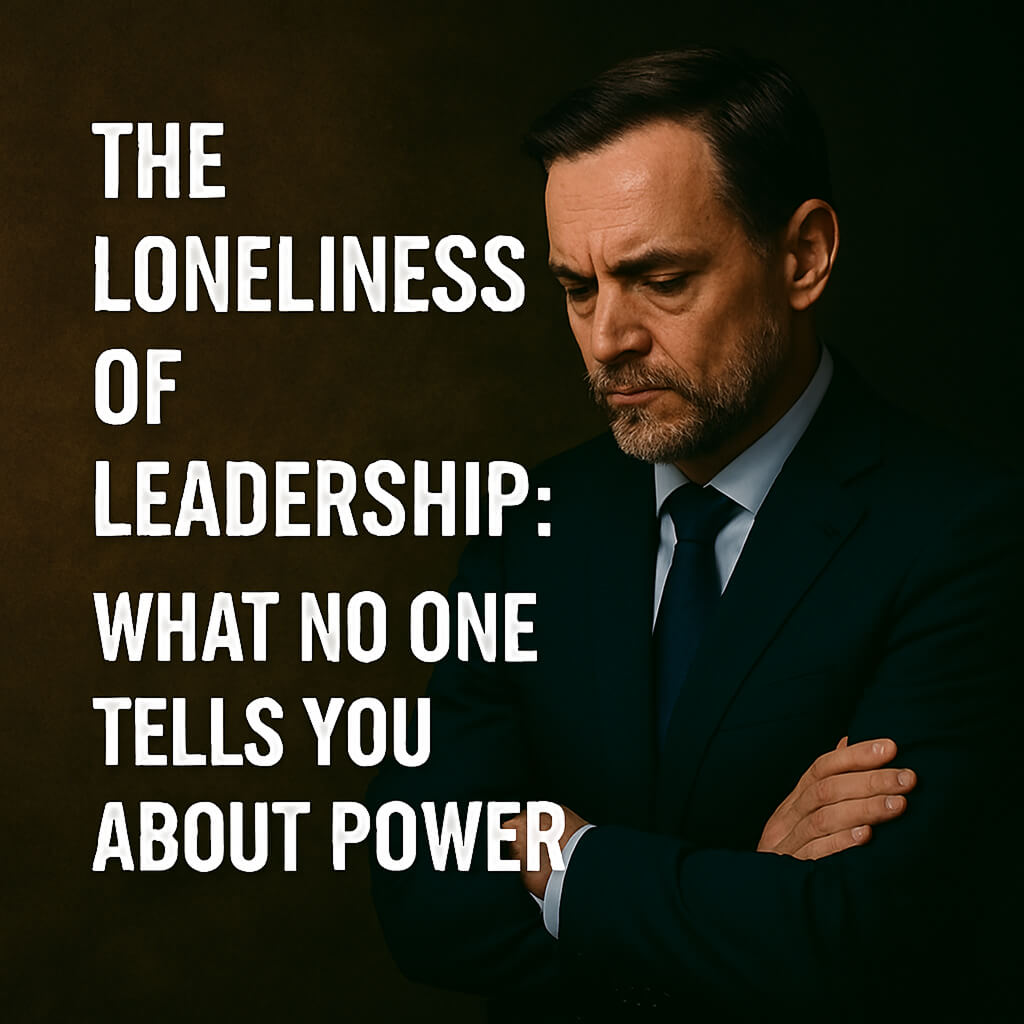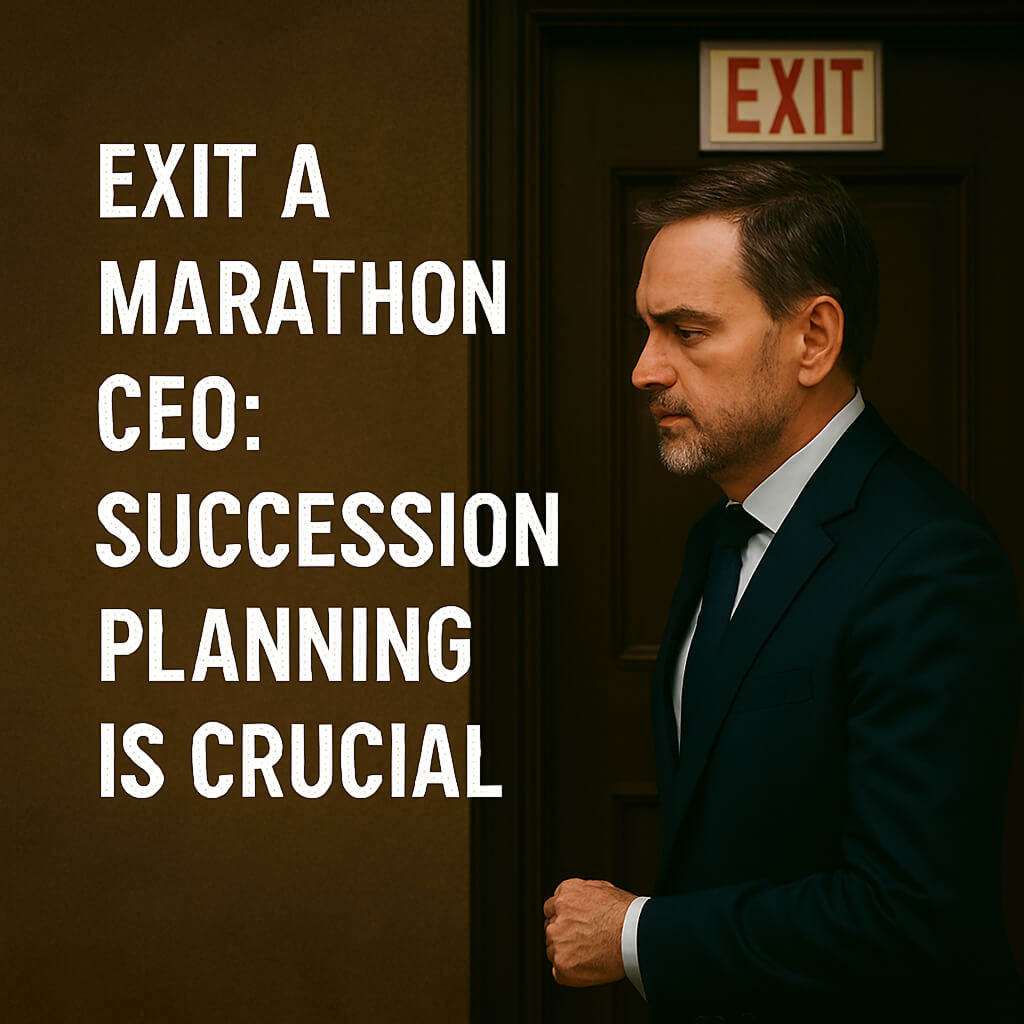CEO and Orchestra Conductor -Leadership in Harmony
As a CEO Coach to over hundreds of executives across 45 cultures, I see the CEO role as a conductor leading a corporate symphony. Just as a conductor blends diverse instruments into a harmonious performance, a CEO aligns teams to achieve a shared vision. Drawing from my decade of coaching, I’ve distilled seven leadership principles that mirror the art of conducting. These strategies, grounded in my work with global leaders, will help new and aspiring CEOs orchestrate success with clarity and impact. Let’s dive into the symphony of leadership: 1. Orchestration, Not Over-Playing A conductor doesn’t pick up the violin or trumpet. They orchestrate, guide, and unify. Similarly, a CEO’s role is not to play every instrument but to ensure each part contributes to the whole. The temptation to “jump in” is real. Many CEOs, driven by competence, find themselves overplaying, solving problems, micromanaging, doing instead of directing. But true leadership lies in orchestrating, setting tempo, shaping interpretation, inspiring performance. 👉 CEOs who master orchestration create space for leaders to lead. They know when to step in briefly, but more importantly, when to step back. 2. Vision as the Musical Score Without a score, even the best musicians descend into chaos. The conductor holds the vision, translating notes on paper into living sound. A CEO’s score is the strategy, vision, and purpose of the organization. Without it, energy scatters. With it, every action aligns. 👉 The discipline for CEOs is to articulate a clear score, rehearse it relentlessly, and adapt as the context shifts, so that the music never loses direction. 3. Empowering Section Leaders An orchestra depends on strong section leaders, concertmaster, principal winds, percussion head. They carry authority within their group, ensuring cohesion and excellence. A CEO must do the same: empower senior leaders to lead, not just execute. It’s the only way scale is possible. 👉 The conscious CEO develops leaders who don’t wait for instructions but who own the music of their section. 4. Recognizing Individual Contributions The audience may applaud the orchestra as one, but every musician knows the quiet nod from the conductor matters more than the crowd’s cheer. Recognition must be personal, specific, timely. The violinist who nails a difficult passage, the horn who redeems a falter- these are moments the conductor sees and affirms. 👉 CEOs who practice this art build deep trust. Their recognition resonates longer than any public speech, because it touches the human core. 5. Balancing Perfection and People A flawless performance with burnt-out musicians is hollow. A healthy culture with no discipline delivers mediocrity. The conductor’s art lies in balancing excellence with humanity, pushing hard, yet protecting well-being. 👉 For CEOs, this means resisting false trade-offs. The best leaders create cultures where people thrive and performance soars. It’s never either-or. 6. Presence in Crisis When a wrong note echoes in the hall, all eyes shift to the conductor. A glance, a gesture, a calm hand re-centers the orchestra. CEOs face the same scrutiny. In crisis, tone and composure matter as much as decisions. One careless reaction can derail trust; one centered response can restore confidence. 👉 CEOs who cultivate inner steadiness through reflection, coaching, and self-mastery, become the calm anchor their teams need. Like a conductor, the CEO rarely produces sound directly. Their art lies in creating conditions for harmony. The ultimate question is not: Did you play well yourself? It is: Did you bring out the best performance in others? Because leadership, like music, is both craft and art, discipline and humanity woven together. Reflect on your role: Which principle can you amplify this week to inspire your team? Try one action, like recognizing a team member’s effort or clarifying your vision. Share your thoughts on Linkedin Newsletter: https://lnkd.in/g-AD5aEP to refine your leadership. Let’s orchestrate a symphony of impact together! –By Catherine Li-YunxiaTop Global CEO Coach & C-Suite Coach 2023 | Keynote Speaker on Human Leadership | Author of Integral CEO

